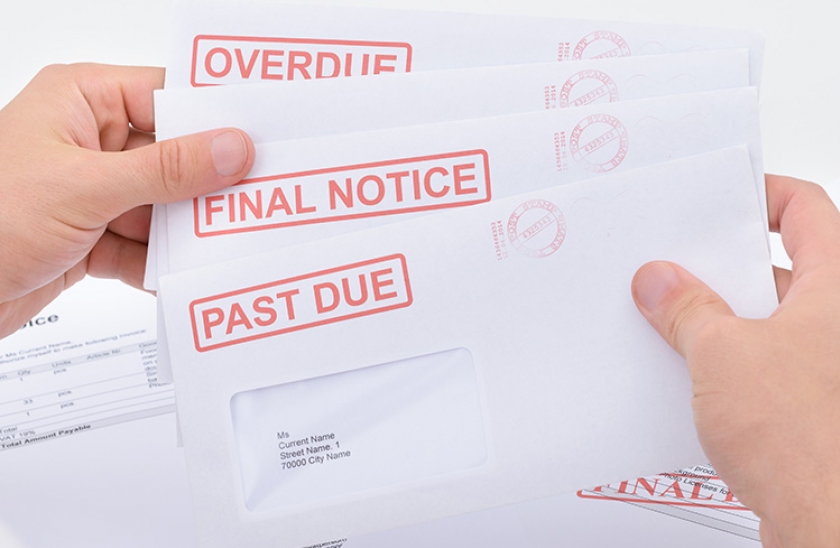Over Due Notices
Author : IRS Collections
Published on: November 29, 2022

Overdue Dunners
Overdue notices, or demand for payment dunners, are an essential tool for any accounts receivable department when an account is overdue for payment. When a customer is late it can be a warning sign that something has changed and they are experiencing a cash flow problem. How they react to an overdue notice can be very enlightening.
Some customers will call immediately to advise they are experiencing a temporary cash flow situation, which will be rectified shortly. Usually, a customer that responds immediately is not the one you have to worry about. It is the customers that ignore your notice that should concern you. In particular. A phone call instead of a notice should be made if a customer is late on their first payment.
Properly crafted notices can speed up cash flow, while subconsciously letting your customers know you are on top of your receivables. Different industries and companies have different payment terms. The most common term is 30 days. Usually, a 5-day grace period is considered proper etiquette before sending a 30- or 60-day overdue notice. It should be noted that your credit agreement should clearly state you credit payment terms.
30 Day Notices
A 30-day notice is simply to remind your customer that their account is overdue. In many cases it will prompt your client to pay and find out why the payment was missed. The notice should have a friendly tone and let them know if payment has already been sent to ignore the notice and thank them for their business.
On larger balance accounts a phone call at 45 days may be appropriate. Often in large corporations paperwork gets lost, or misplaced, and the accounts payable department does not have any details of the transaction. A prime example is when a shipper-receiver in a large company fails to pass the information to the accounts receivable department that needs confirmation the goods have been received and the invoice can be paid.
60 Day Notices
The 60-day notice needs more strongly worded content that the 30-day notice. The notice should ask the customer to advise when you can expect payment. Advise the customer that you appreciate their business, but their account needs to be kept up to date. Most customers will respond to your notice.
If there is no response then another phone call should be made to find out why payment is being held up. The customer?s response to your call will probably tell you where this account is headed and whether to cut them off.
90 Day Notices
The 90-day notice should be a blunt demand for payment with a deadline. Most companies usually give a deadline for receipt of their payment within 5 to 10 days. It is assumed that their credit has been frozen and if payment is not made by the deadline, the account will be referred to a collection agency, or a lawyer.
If you follow the 30-60-90 concept above you should see your accounts receivable turn over faster.



